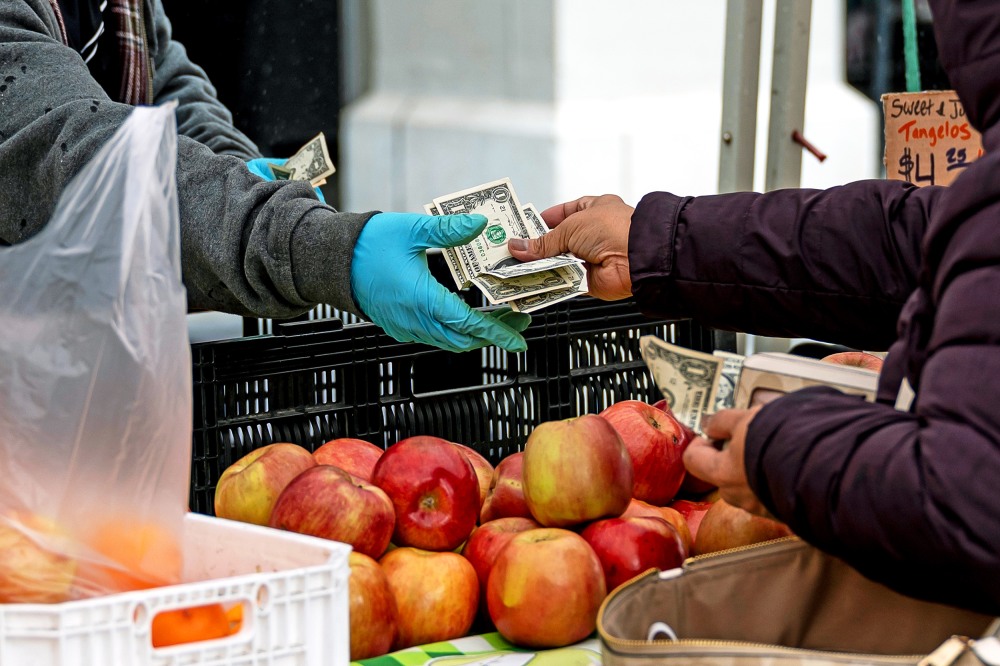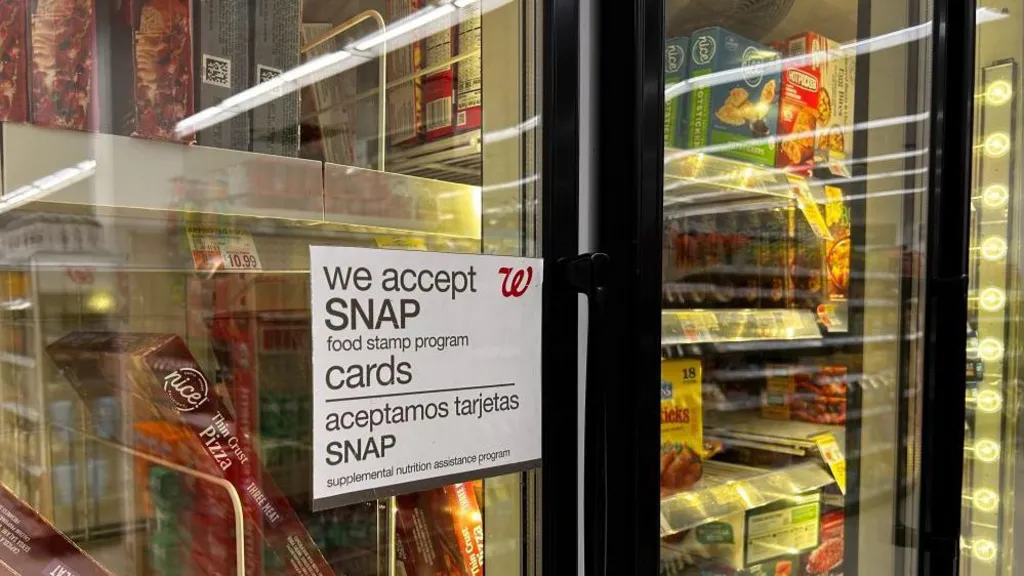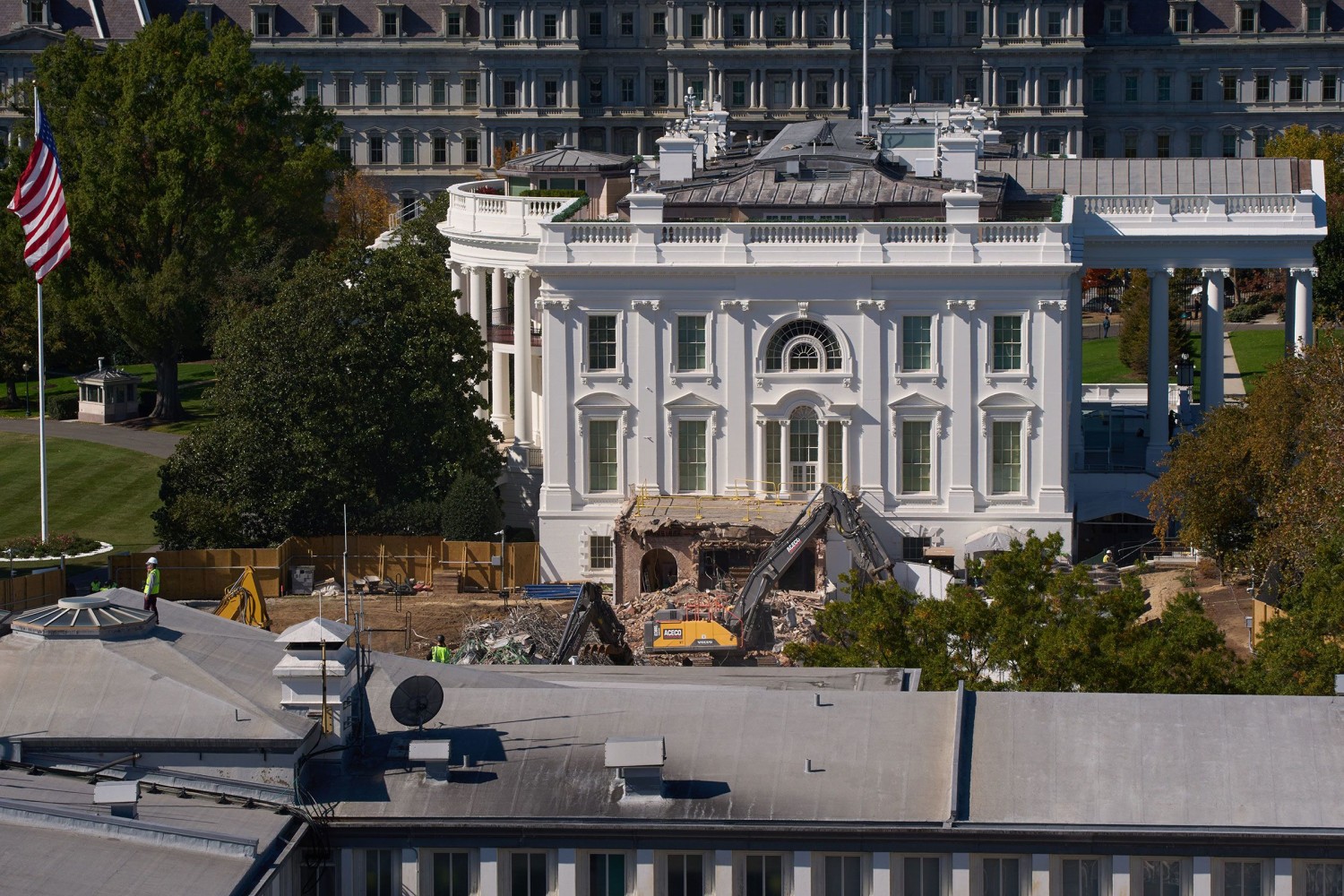
This article is more than
5 year oldCoronavirus market carnage: Dow plummets 3,000 points
![With so many unknowns surrounding the coronavirus crisis, investors took little solace from the United States Federal Reserve's extraordinary emergency measures [Andrew Kelly/Reuters]](/uploads/news/2020_03/498c6371c8c24e19a46ad6c685714f7b_18.jpg)
Market carnage grew even more violent on Monday after the United States Federal Reserve's surprise interest rate cut and other emergency measures to shore up the economy against an onslaught of coronavirus disruptions failed to stem deepening fears.
The Dow Jones Industrial Average closed down 2,999.14 points or 12.94 percent - marking its worst one-day point loss ever.
The broader S&P 500 index tanked just shy of 12 percent. For the third time in a week, the index - a performance gauge for US pension accounts and college savings plans – fell below seven percent at the open, triggering a 15 minute halt in trading.
The Nasdaq Composite Index closed down 12.32 percent.
All three major US indexes had their worst one-day percentage drops since the 1987 market crash.
Stocks weren't the only asset class that fell prey once again to mounting coronavirus panic.
The reputation of precious metals as a safe haven in times of uncertainty was tarnished once again as spot gold prices tumbled more than 7.5 percent before paring back a fair chunk of that loss.
Bitcoin was also bludgeoned, with Bloomberg data showing that it plunged as much as 18 percent on Monday before clawing back some of those losses.
The Fed pulled pages from its crisis-era playbook on Sunday, slashing interest rates to near zero and unleashing a handful of other measures designed to keep credit markets - which have been showing signs of stress in recent weeks - running smoothly.
Among the measures, the Fed decided to restart "quantitative easing" or QE - the programme of buying bonds from the US Treasury and mortgage-backed securities markets. By supporting the smooth functioning of these markets, the Fed is attempting to help businesses and consumers access the credit they need to weather the coronavirus storm.
The Fed also slashed reserve requirements for thousands of US banks and eased conditions for banks at the discount window - again with the aim of helping financial institutions more easily meet the demand for credit from households and businesses straining under virus disruptions.
On a more global scale, the Fed in concert with five other central banks reduced the pricing on dollar swap lines to ensure that there is a sufficient amount of US dollars - the global reserve currency - to ensure that the markets for borrowing and lending greenbacks overseas do not become overly strained. If these markets seize up, it could feed back into the US economy.
But with so many unknowns surrounding the coronavirus outbreak, investors took little solace from the Fed's extraordinary actions.
"As the scale of the economic and market disruption wrought by the coronavirus becomes clear, it seems likely that investors will increasingly start to question whether policymakers have already exhausted their capacity to respond," Capital Economics group chief economist Neil Shearing wrote in a client note this morning. "As we have noted before, history suggests that equity markets are only likely to bottom out when it becomes clear that the flow of new cases of the virus has peaked."
Federal Reserve Chairman Jerome Powell told reporters on Sunday that he expects the US economy to post modest growth in the first three months of this year, but then experience a contraction in the second quarter. Beyond that, the Fed is in a wait-and-see mode. A recession is defined as two consecutive quarters, or six straight months, of negative economic growth.
Interest rate-sensitive financial stocks were roiled on Monday along with energy stocks and airlines.
The price of global benchmark Brent crude tanked more than 12 percent on Monday, falling below $30 a barrel, while US benchmark West Texas Intermediate crude fell 9.64 percent to $28.67 a barrel.




